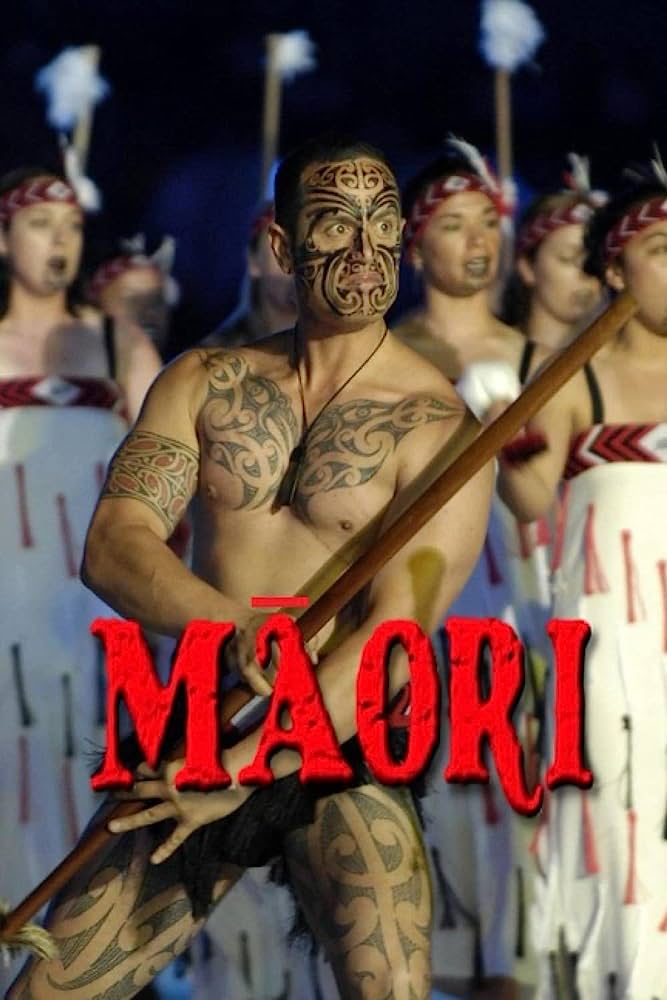
A Journey Through Time – Exploring New Zealand’s Maori Culture

New Zealand’s indigenous culture is both diverse and thoughtful. Gain insights into what shapes this intriguing way of life.
Explore glowworm caves and dramatic glaciers of the South Island. Sample award-winning local wines in Auckland’s vibrant culture. At dusk, embark on an intimate Maori guided walking tour through Waipoua Forest while learning more about nature and ecology!
The Maori Way of Life
As Maori tribespeople settled into New Zealand – or Aotearoa as it is commonly known – from their tropical island homeland, they experienced a land that was much colder, larger, and covered with various landscapes than before.
They adapted quickly to their surroundings and quickly learned about its challenges, using materials like pounamu and native timber to craft tools, clothing, ornaments and everyday items necessary for survival in this new land.
Maori society was built upon collective ownership of land. Their relationship to it, known as Tangata Whenua (ownership by connection), was held sacred. But when Europeans settled during the 19th century they introduced laws which changed this connection significantly resulting in significant loss of Maori land.
Maori people believe in an interdependent world where all living things are interdependent and exist as parts of an organic whole. When engaging with Maori culture while studying abroad in New Zealand, be sure to respect and celebrate its heritage. When attending any Maori event be sure to greet hosts using traditional greetings like the hongi (pressing nose and forehead against each other symbolizing sharing of breath and unification of souls).
Maori Culture
Maori culture is one of the world’s most distinct. Maori people hold a profound respect and spiritual ties with their land, known as Tangata Whenua in Maori language, as they share responsibility for its natural resources. Additionally, their culture boasts vibrant contemporary arts such as carving, weaving, Kapa Haka (group performance), Waikorero (oratory) and Moko (tattooing).
Maori were initially described by Europeans as proud warriors who defended their homelands with fierce and bloody battles, yet after British settlement brought land ownership laws that led to clashes between cultures.
Maori culture can easily be explored with a visit to a marae (Maori meeting ground), where you can witness performances such as the Haka War Dance. But Maori culture goes much deeper – try hangingi, poi or even moko sessions! Additionally, learn about Maori history at Waitangi Treaty Grounds where an important treaty between Maori and British was signed.
Maori Art
The Koru motif can be found throughout Maori art – both traditional and contemporary. How does this symbolise life, strength, and hope?
Maori artists developed out of necessity: weaving, carving and tattooing were used to craft clothing, tools and taonga (treasures). Cloth was created from flax fiber woven with other plants; pounamu stone (greenstone or jade) from New Zealand was carved into intricate whakairo carvings for meeting houses and marae while native timbers were often fashioned into canoes (waka).
Early Maori art was often highly totemic, depicting spiritual motifs and tribal affiliations rather than depicting realistic scenes. This totemic approach to life symbolized by this art was strongly valued; even deadly weapons were considered art, representing their creators and gods in their form of creation and display.
Today, visitors to New Zealand can gain an up close glimpse of Maori art forms by visiting marae or cultural centers across New Zealand. For instance, Te Puia Maori Arts & Crafts Institute in Rotorua provides visitors an up close experience by welcoming them into its weaving and carving schools where skilled Maori carvers demonstrate their art forms.
Maori Music
Maori music is predominantly vocal, yet neglected due to Christianity; however, a revival movement exists and draws heavily upon traditional instruments from Taonga Puoro such as aerophones and idiophones while more recently guitars are appearing as part of contemporary commercial Maori music as well.
Maori song repertoire includes laments, lullabies and love songs; in olden days poetry would often be accompanied by flute playing (koauau flute). However, its chord harmonies and tune structures derived from western music, particularly church music aren’t native but have developed over time as part of Maori culture.
Bic Runga was one of the earliest artists to bring te reo Maori onto the international stage. Her 1984 hit ‘Poi E’ spent four weeks at No 1 and 22 weeks overall on the charts; it encouraged young Maori people to be proud of their heritage in an accessible format. Runga collaborated with linguist Ngoi Pewhairangi and composer Dalvanius Prime to write this song, who are also currently involved with Putahi Waiata Maori project, bringing together both emerging and experienced Maori artists, songwriters, musicians producers and Te Reo Maori experts from various Maori communities across New Zealand and Australia.
Maori Dance
One of the enduring images associated with New Zealand is its national rugby team performing the intimidating Haka before every game. This ceremonial dance, intended to showcase tribal pride, strength and unity through coordinated foot-stamping, tongue protrusions, rhythmic body slapping in unison with loud chants is meant to send a powerful message about who represents that tribe or nation.
Though its meaning remains open for interpretation, there are a few common stories surrounding its birth. One tells of Tama-nui-te-ra and Hine-raumati, who represents summer. Tane-rore would dance for them during scorching summer days to commemorate Hine-raumati – this dance eventually becoming known as haka dances.
No matter your opinion on kapa haka performances, they remain an integral part of New Zealand culture and an iconic representation of its heritage.
Vimeo Staff Pick features more incredible haka performances that may inspire kids of all ages to try their own version of this traditional dance. For more on Maori traditions such as the Haka and other forms of Maori cultural dances, visit TKSST.